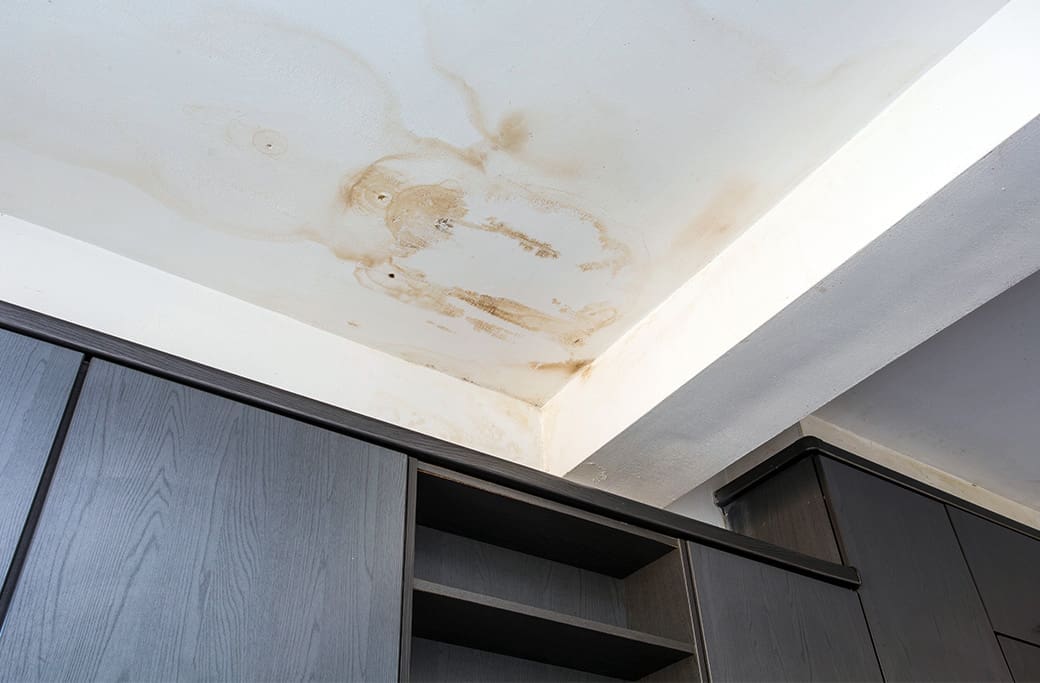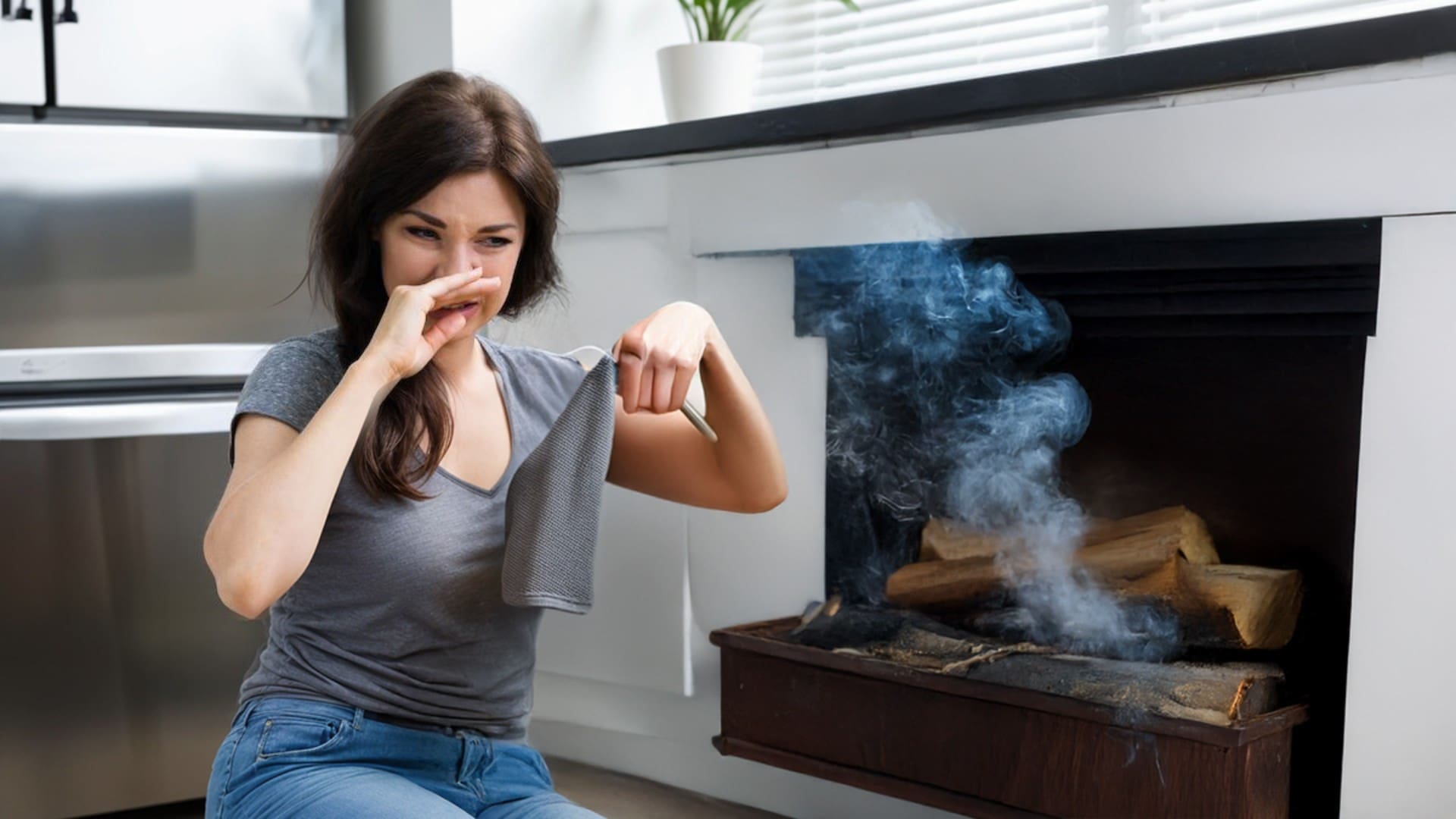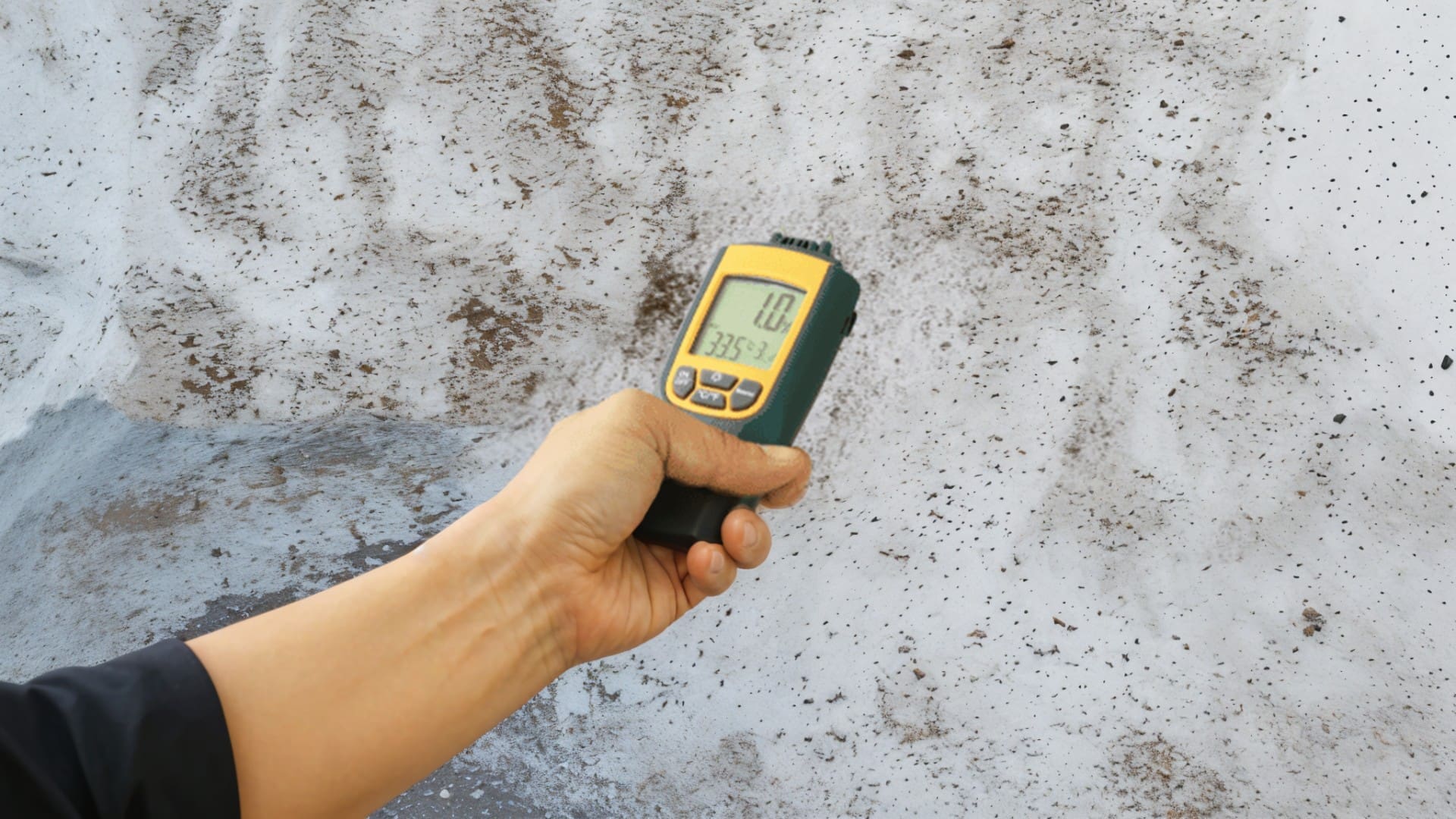
Mold – it’s a homeowner’s worst nightmare, silently creeping into the nooks and crannies of your beloved abode, causing not only unsightly damage but also potential health hazards for you and your family. But what exactly attracts mold to our homes, and better yet, how can we prevent this unwanted intruder? Understanding the catalysts of mold growth is pivotal for anyone who wants to maintain a safe, healthy environment for their family. Mold can pose severe health risks, exacerbating respiratory conditions, causing allergies, and resulting in chronic infections in some cases. Furthermore, property damage from mold can be inconvenient and costly to rectify. Given these consequences, it’s crucial to get a handle on the underlying reasons mold establishes itself.
Causes of Mold Growth
Mold is a natural part of our environment, but it becomes problematic when it colonizes indoors. Residential mold takes root and spreads when the following conditions are met:
Excess Moisture and Humidity
One of the most significant instigators of indoor mold growth is excess moisture, often brought about by high humidity. Areas like bathrooms, kitchens, and laundry rooms are particularly susceptible—any place with running water or where humidity levels can be elevated.
Leaks and Water Damage
An undetected leak under the sink, a dripping faucet, or a poorly sealed window can provide the steady moisture mold thrives on. Even minor, hidden leaks can result in major mold growth over time.
Poor Ventilation
Improper ventilation prolongs moisture in the air and within building materials. This stagnant air encourages the accumulation of mold in poorly-ventilated bathrooms and attic spaces, making them prime habitats for spore reproduction.
Damp Basements and Crawl Spaces
These areas are often semi-sealed off from the rest of the house, and may be colder, leading to condensation and higher relative humidity. Unaddressed, these environments are perfect breeding grounds for mold.
Condensation
When warm, moist air comes into contact with cooler surfaces—think windows in winter—condensation can form. This liquid is an attractive spawning ground for mold and mildew, especially in corners and other spots where airflow is limited.
Health Risks and Impact
Mold exposure can manifest in various health issues, ranging from mild to severe. Symptoms commonly associated with mold include allergic reactions, respiratory problems, headaches, and fatigue. Long-term exposure to certain types of mold can have more serious health implications, particularly for those with underlying health concerns or compromised immune systems.
Allergies, Asthma, and Respiratory Issues
Exposure to mold can not only cause the development of allergies but may also worsen asthma symptoms, potentially leading to life-threatening attacks. Mold spores act as irritants, which can trigger allergic reactions and exacerbate existing respiratory troubles like hay fever or asthma. Mold-induced asthma can be particularly problematic for young children or older individuals.
Headaches and Fatigue
Prolonged exposure to mold can lead to persistent headaches and a general feeling of fatigue, often attributed to the body’s immune response to the spores. This can significantly impact daily life and productivity.
Damage to Property and Belongings
Beyond health concerns, mold can wreak havoc on your possessions. It can stain textiles, ruin drywall, and deteriorate structural integrity over time. In severe cases, mold can even make a home uninhabitable and require extensive remediation efforts.
Preventing Mold Growth
The good news is that there are actionable steps homeowners can take to prevent mold from gaining a foothold in their houses. These steps largely revolve around moisture management and creating conditions unsuitable for mold to propagate.
Controlling Humidity Levels: Maintaining indoor humidity levels below 60% is a critical step in mold prevention. This can be achieved with the use of dehumidifiers and air conditioners, especially in high-humidity climates.
Addressing Leaks and Water Damage Promptly: Vigilance is key to identifying leaks and water damage early on. Any signs of moisture where they shouldn’t be warrant immediate attention to avoid mold issues down the line.
Improving Ventilation: Ensuring good airflow and ventilation, particularly in bathrooms, kitchens, and attics, can prevent the moisture buildup that mold requires. Consider using exhaust fans or opening windows when showering or cooking.
Properly Maintaining Basements and Crawl Spaces: Regular inspections and maintenance in these areas are crucial. This includes keeping gutters clear, directing water away from the foundation, and sealing any cracks that could allow water seepage. Additionally, using a dehumidifier in these spaces can help keep humidity levels in check.
Managing Condensation: Insulating cold surfaces and keeping them warmer reduces the potential for condensation. This may involve upgrading windows, adding weather stripping, and increasing the use of insulation in walls and ceilings.
Tips for Mold Prevention
Going beyond the basics, there are certain practices and products that can be particularly effective in staving off mold infestations.
Regular Inspections and Maintenance: Conducting thorough checks of your home, both inside and out, can help catch mold-friendly conditions early. Regular roof, pipe, and HVAC system inspections are key.
Proper Cleaning and Disinfecting: Regular cleaning with mold-inhibiting products in high-risk areas can be very effective. Pay special attention to keeping bathrooms, kitchens, and basements dry and clean.
Using Mold-Resistant Materials: When renovating or building, opt for materials that are inherently mold-resistant, such as certain types of drywall and paint. This reduces the likelihood of mold taking hold.
Managing Indoor Humidity Levels: Beyond dehumidifiers and air conditioning, techniques like using houseplants that absorb moisture can naturally regulate indoor humidity levels.
Ensuring Proper Ventilation: Installing proper ventilation systems, maintaining them regularly, and even considering the use of HEPA filters can greatly reduce the presence of airborne mold spores.
Mold Growth in Homes and How to Prevent Them
At STOP Restoration, we understand that mold can be a persistent concern. However, it’s not an unbeatable foe. By identifying the root causes of mold growth, respecting its health implications, and implementing robust prevention strategies, we can ensure safe and mold-free homes. Our proactive approach addresses potential issues and creates an inhospitable environment for mold, saving you stress and money in the long run. Remember, maintaining a healthy home is an ongoing process and one that’s worth the time and effort. Preventing mold is more than just aesthetics—it’s about the well-being of your loved ones.




